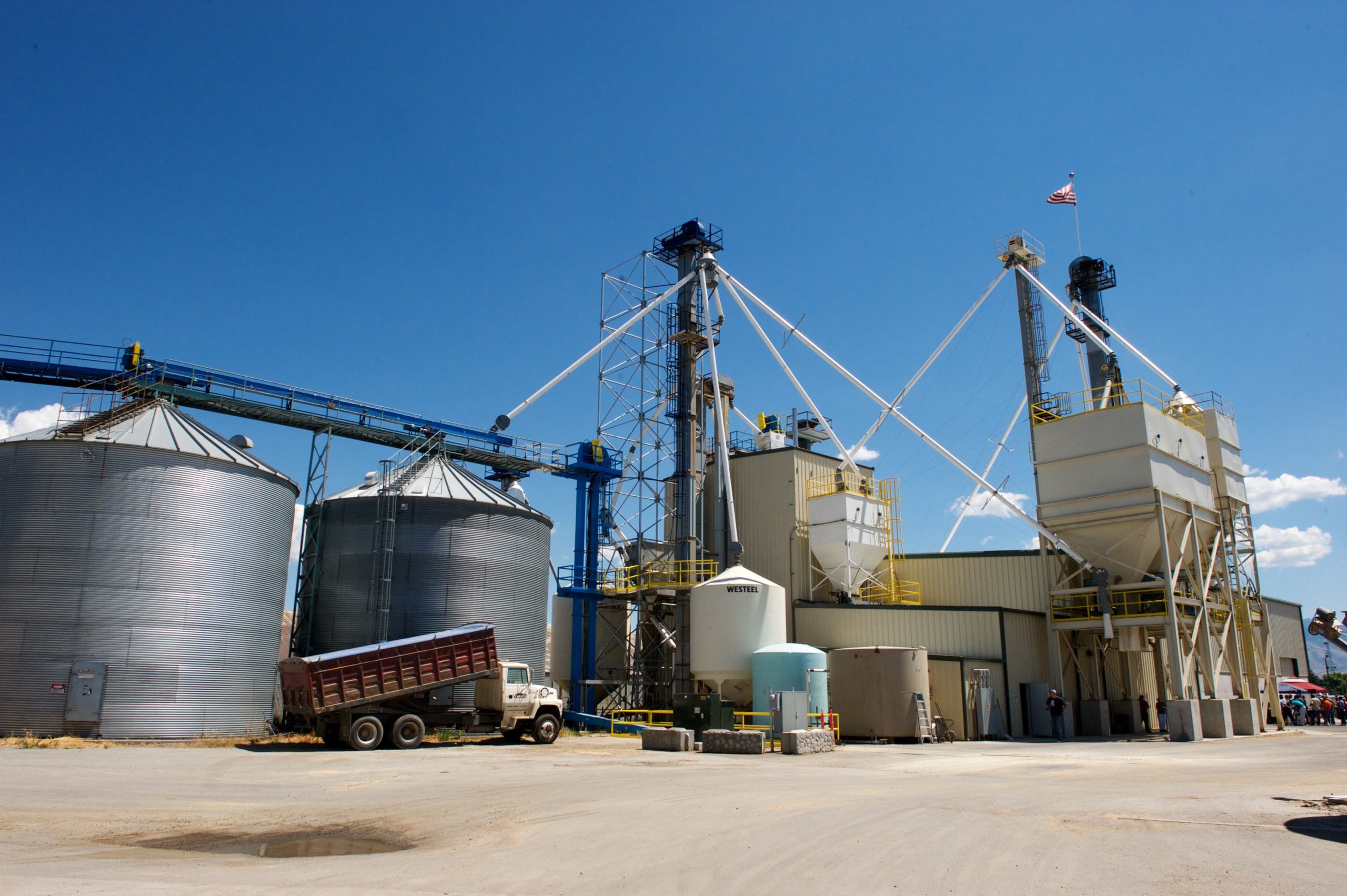In feed milling, there are generally two types of feed: dry feed and liquid feed. You may decide to add liquid to your dry feed before the mixing process or towards the end, depending on the nature of your feed and mixing equipment. However, if you add too much liquid too fast or introduce it at the wrong time, you may ruin the batch in the process. If the feed is too moist or runny, your animals may have trouble digesting these products.
Learn more about adding liquids as it relates to feed mixing, so you can optimize every batch that leaves your facility.
Considerations When Adding Liquids to the Feed
Many facilities choose to add liquids during the mixing process. Before adding liquids to your feed, make sure all fluids have been atomized, or divided into fine droplets, so it mixes well with the rest of your feed.
To perfect the liquid additions process, you should have consistent, unabridged access to the mixing chamber. This allows you to be selective in terms of where and when you add the liquids. The liquids should also be injected into the fold, not against it, otherwise, the liquids may splatter or fail to blend into the rest of the batch. The spray nozzle should be at an angle, so the liquid goes into the throws of the paddles. This ensures that the liquid is in an airborne state when mixing with the rest of the feed to reduce the chances of clumping.
You also need to heat your liquids before adding them to the mix, including fats and oils. Increasing the temperature makes it easier to blend these ingredients together.
Avoid inserting more than 5% liquids into your feed. If you go above this threshold, it could lead to clumping and more residue. It’s best to stay within the 1 – 3% range when adding liquids.
Choosing the Right Mixer for Liquid Feed
The type of mixer you choose can affect the liquids addition process. Some mixers are designed for adding liquids, while others may impede efficiency. The Buhler Speedmixer is the ideal choice for facilities that produce liquid feed. You can inject up to two liquids simultaneously to improve efficiency. If you need to add more liquids, you can add them right after the first two. Use an angled spray nozzle to make sure the fluids hit the feed at just the right moment. With the Speedmixer, you can add fluids to your dry feed in just about a minute.
It’s important to point out that adding liquids will increase the power consumption of the machine. Liquids are inherently heavier, making it that much harder for the machine to turn the product over. It also increases the chances of lumping residue. Moist feeds are more likely to leave residue than dry feeds. That’s why it’s important to have access to the interior of the chamber, so you can quickly clean it out when necessary to prevent cross-contamination.
Keep these tips in mind when adding fluids during the mixing process. Contact Halverson Company to learn more about feed mill construction.

